The cryptocurrency market has seen a meteoric rise over the past decade, transitioning from a niche interest to a global phenomenon. With this growth, trading strategies have become increasingly sophisticated, especially in the crypto futures trading strategies. This trading approach enables investors to speculate on the future price of digital assets without the need to own them directly, offering opportunities for profit in both rising and falling markets.
In this guide, we will explore the concept of a crypto trading strategy, delve into the ten best crypto futures trading strategies, and provide insights on how to effectively implement these techniques in your trading activities. Whether you’re a seasoned trader or just stepping into the world of cryptocurrencies, this comprehensive overview will arm you with the knowledge and tools needed to navigate the crypto futures market with confidence and skill.
What is a Crypto Trading Strategy?
A crypto trading strategy is a structured approach that traders use to make informed decisions about buying and selling cryptocurrencies. It encompasses various techniques and methodologies designed to maximize profits while minimizing risks. Trading strategies can vary widely, ranging from short-term tactics aimed at capitalizing on daily price fluctuations to long-term investment plans based on fundamental analysis.

A well-defined trading strategy typically includes:
- Market Analysis: Understanding market trends and price movements through both technical and fundamental analysis.
- Risk Management: Setting parameters to protect against significant losses, including stop-loss orders and position sizing.
- Entry and Exit Points: Defining when to enter and exit trades based on specific criteria, whether they are technical indicators, price levels, or market sentiment.
- Emotional Discipline: Maintaining a level-headed approach, avoiding impulsive decisions driven by fear or greed.
The effectiveness of a trading strategy often hinges on the trader’s ability to stick to the plan, adapting to market conditions while maintaining a disciplined approach.
10 Best Crypto Futures Trading Strategies
1. Hedging
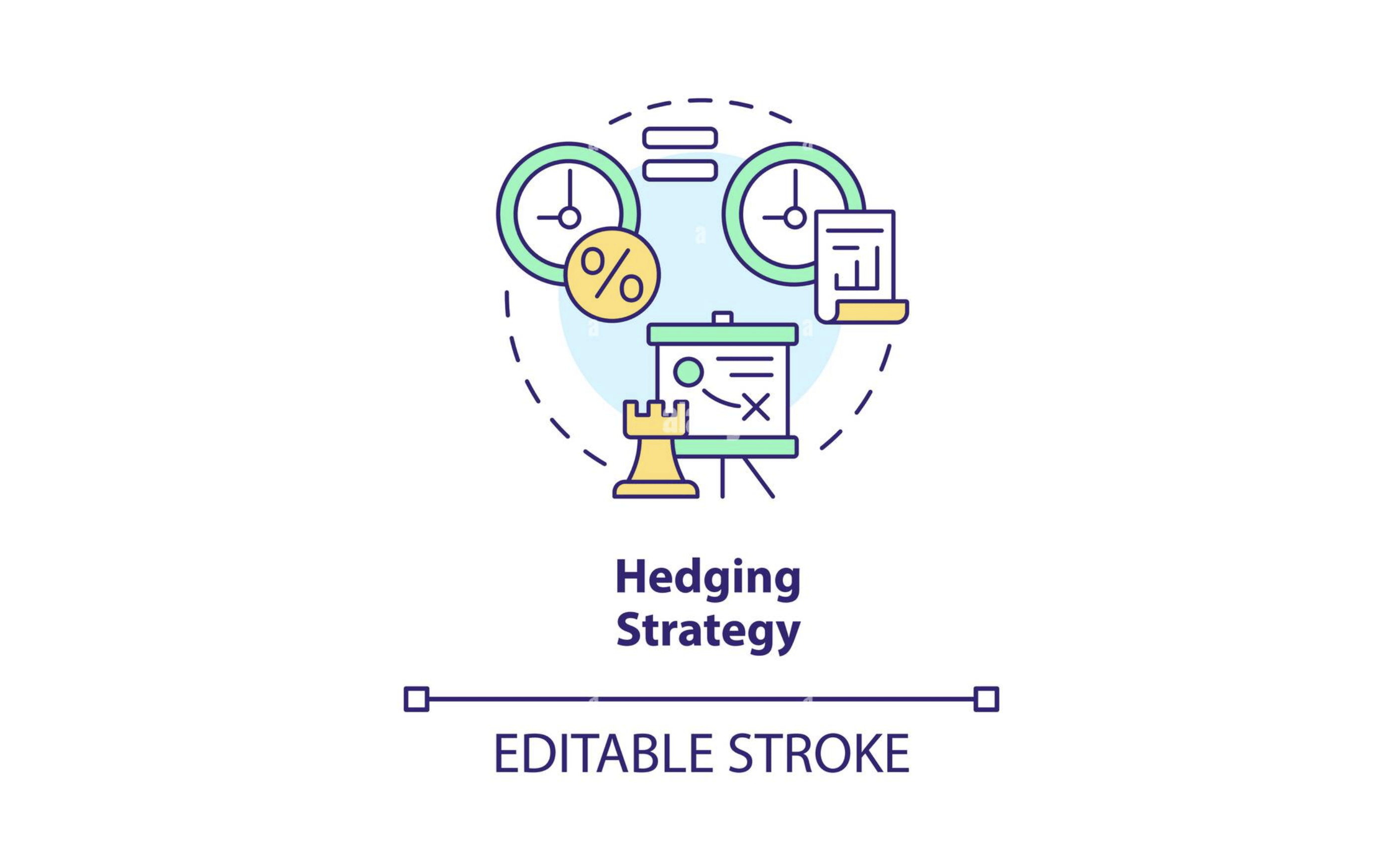
Hedging is a protective strategy used to minimize potential losses in an investment by taking an offsetting position in a related asset. In the context of crypto futures trading, this might involve entering into a futures contract to sell a cryptocurrency you already own.
For instance, if you hold a significant amount of Bitcoin and are concerned about a potential price decline, you can sell Bitcoin futures. If the price does drop, the profit from the futures contract can help offset the losses on your holdings. This strategy is especially useful during periods of high volatility when prices can swing dramatically.
However, it’s important to note that while hedging can reduce risk, it may also limit potential gains if the market moves favorably. Thus, understanding the nuances of hedging and its implications on your overall portfolio is crucial.
2. Crypto Futures Arbitrage
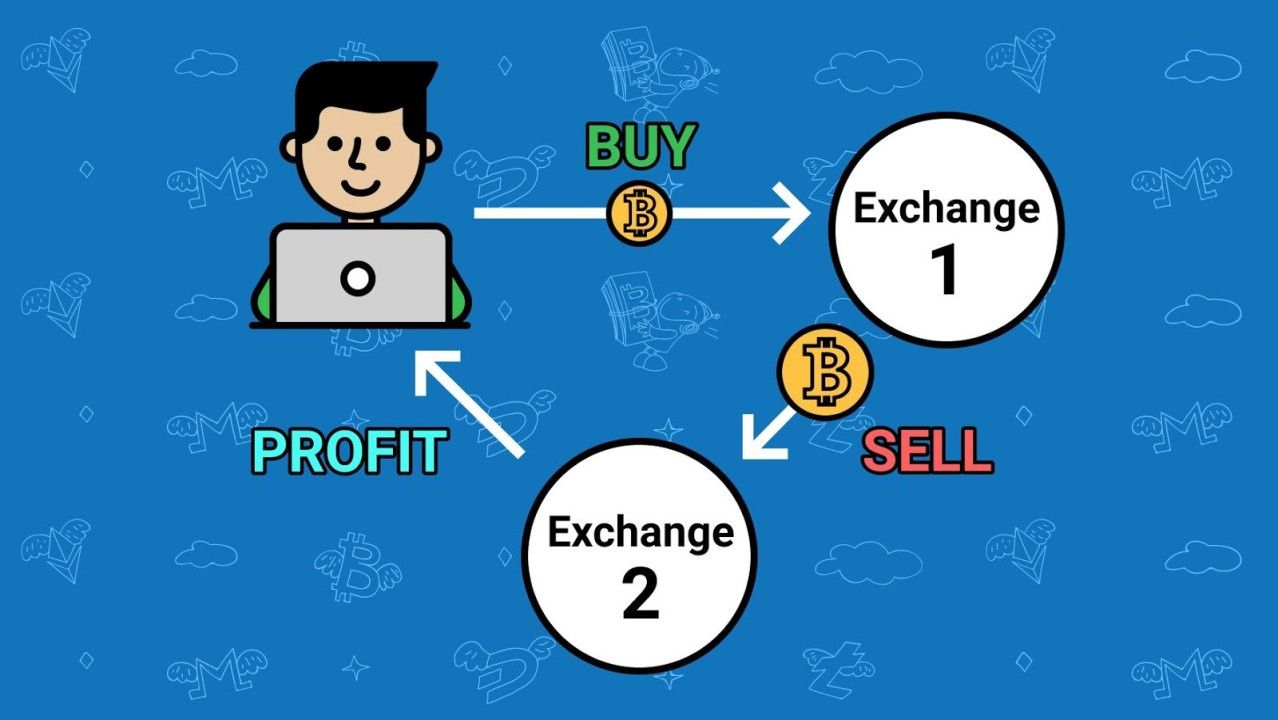
Arbitrage is a trading strategy that capitalizes on price discrepancies between different markets or exchanges. In crypto futures trading, this can be particularly effective due to the fragmented nature of cryptocurrency exchanges.
For example, if Bitcoin futures are priced lower on one exchange than on another, an arbitrageur could buy the futures contract on the cheaper exchange and simultaneously sell it on the more expensive one. This strategy exploits market inefficiencies, allowing traders to lock in profits with relatively low risk.
Successful arbitrage trading requires quick execution and a keen awareness of transaction fees, which can erode profits if not managed carefully. Additionally, as more traders become aware of arbitrage opportunities, they tend to diminish, making speed and precision vital for success.
3. Spread Trading
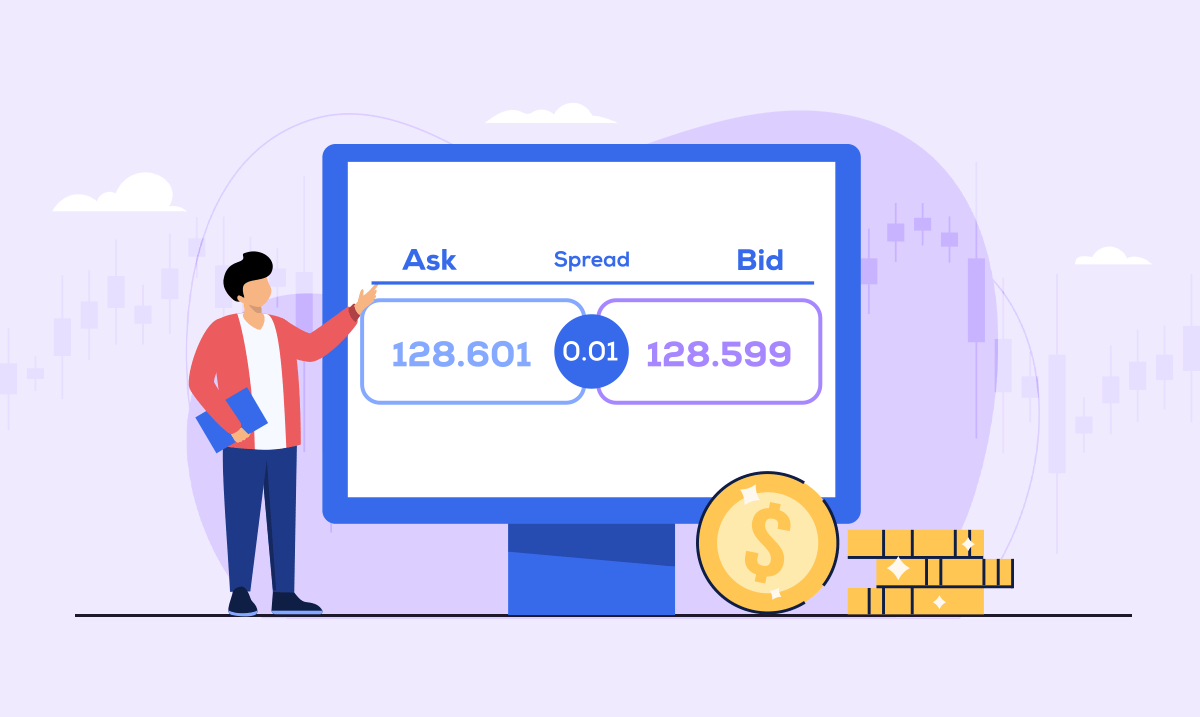
Spread trading involves taking positions in two related futures contracts to profit from the difference in their prices. This strategy can be applied in various ways, such as going long on one contract while simultaneously shorting another.
For instance, a trader might take a long position in Bitcoin futures while shorting Ethereum futures, anticipating that Bitcoin will outperform Ethereum over a given timeframe. Spread trading can help mitigate risk since the potential losses in one position may be offset by gains in another.
To implement spread trading effectively, traders should conduct thorough market analysis to identify correlated assets and determine optimal entry and exit points based on price movements.
4. Scalping

Scalping is a short-term trading strategy focused on making small profits from minor price fluctuations throughout the day. Scalpers typically execute numerous trades, holding positions for only a few minutes or even seconds.
This strategy requires a robust understanding of market dynamics and the ability to react swiftly to price movements. Scalpers often rely on technical analysis, using indicators like moving averages or Bollinger Bands to identify entry and exit points.
While scalping can be highly profitable, it also carries significant risks, as the rapid pace of trading can lead to substantial losses if not managed carefully. Traders employing this strategy need access to advanced trading platforms that provide real-time data and execution capabilities to stay ahead in the fast-paced crypto market.
5. Algo Trading
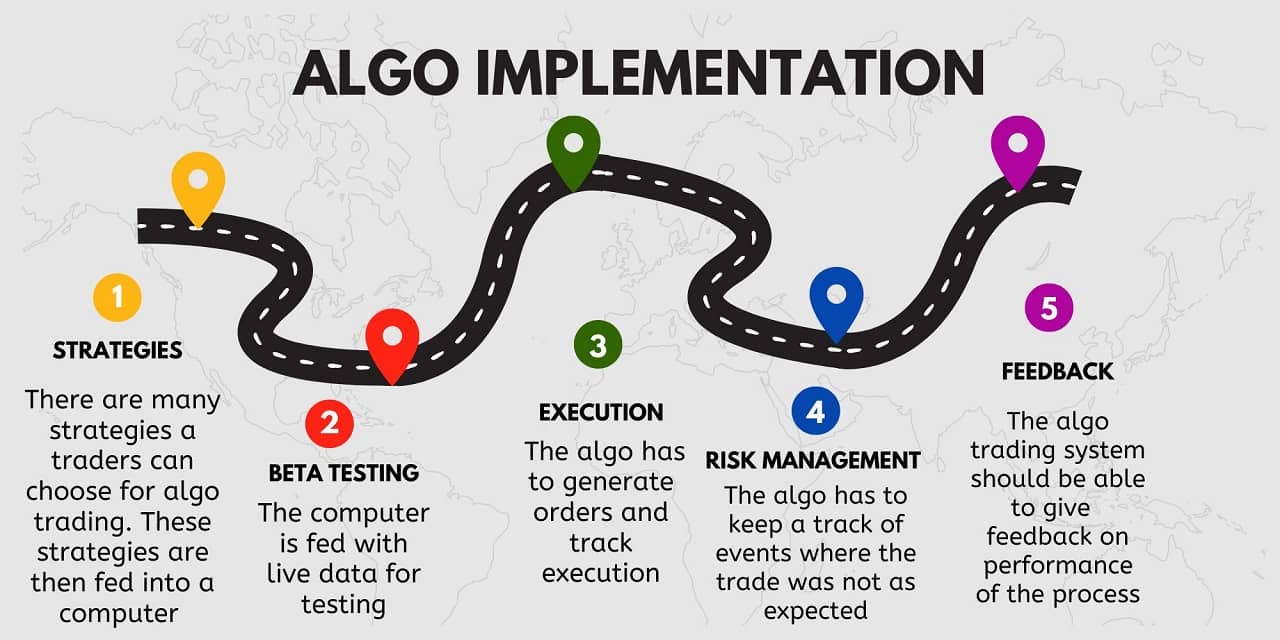
Algorithmic trading, or algo trading, utilizes automated systems to execute trades based on predefined criteria. This approach allows traders to analyze vast amounts of market data and execute trades at high speeds, capitalizing on fleeting opportunities.
In crypto futures trading, algo trading can help identify trends, manage risk, and execute trades without the need for constant monitoring. Traders can develop algorithms based on various strategies, such as trend following or arbitrage, and let the system execute trades on their behalf.
While algo trading can enhance efficiency and reduce emotional decision-making, it requires a solid understanding of programming and algorithm development. Additionally, traders must continuously monitor and adjust their algorithms to adapt to changing market conditions.
6. Breakout Trading
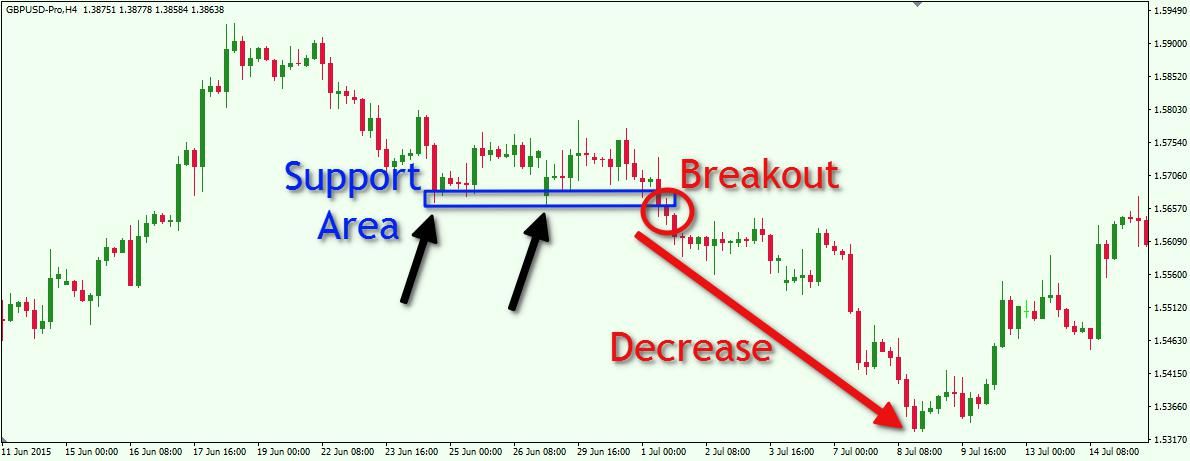
Breakout trading is based on the premise that prices will continue to move in the direction of a breakout once a significant price level is breached. Traders look for key support and resistance levels, entering positions as the price breaks through these barriers.
For example, if Bitcoin has been trading within a range and suddenly breaks above a resistance level, a breakout trader would enter a long position, anticipating further upward momentum. Conversely, if the price breaks below a support level, a trader might enter a short position.
To successfully implement breakout trading, it’s crucial to confirm the breakout with increased volume or other technical indicators, as false breakouts can lead to significant losses.
7. Trend Following
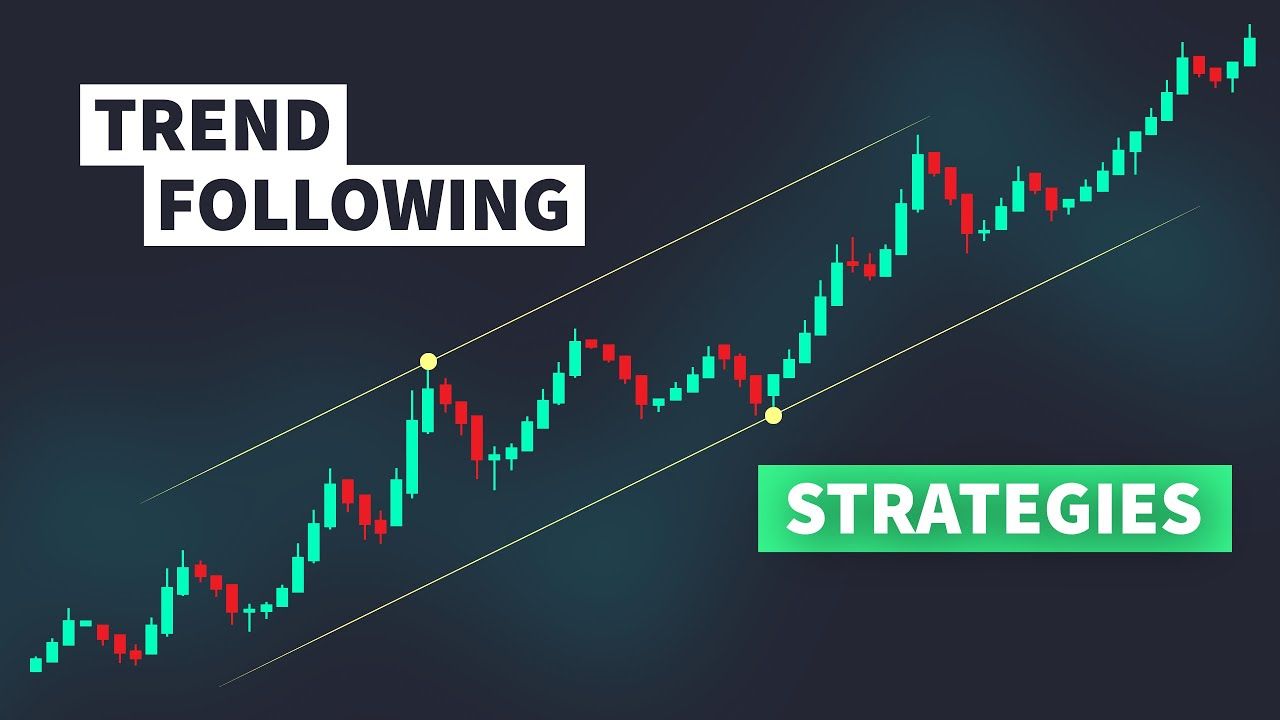
Trend following is a strategy centered around identifying and capitalizing on established market trends. Traders who adopt this approach analyze price movements and use technical indicators, such as moving averages or trendlines, to determine the direction of the trend.
The key to successful trend following is to enter positions in the direction of the trend, holding them until signs of a potential reversal emerge. This strategy relies on the belief that prices tend to move in trends, making it possible to profit from sustained price movements.
While trend following can yield substantial returns, it requires discipline and patience. Traders must be prepared for temporary pullbacks and not act impulsively during market fluctuations.
8. Reversal Trading
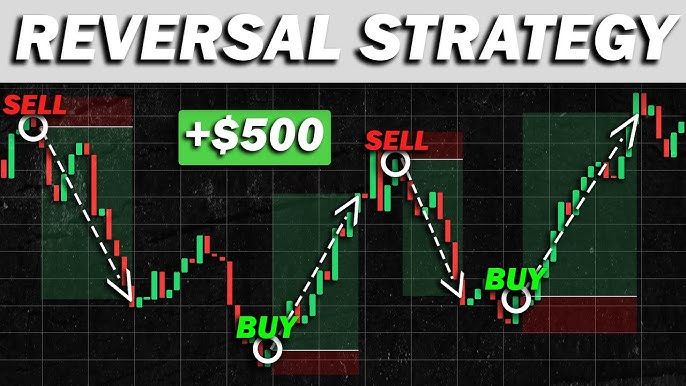
Reversal trading, also known as mean reversion, is based on the idea that prices will eventually return to their mean or average level. Traders employing this strategy look for signs of overbought or oversold conditions, entering positions in anticipation of a price correction.
Technical indicators, such as the Relative Strength Index (RSI) or Stochastic Oscillator, are often used to identify potential reversal points. For example, if the RSI indicates that a cryptocurrency is overbought, a reversal trader may enter a short position, expecting a decline in price.
Reversal trading requires patience and careful analysis, as reversals can take time to develop. Additionally, traders must be cautious of strong trends that may continue longer than anticipated.
9. Grid Trading
Grid trading is a strategy that involves placing buy and sell orders at predetermined intervals above and below a set price level, effectively creating a “grid” of orders. This approach is designed to capitalize on market volatility by automatically executing trades as prices fluctuate.
For instance, a trader might set buy orders at intervals of $100 below the current price and sell orders at intervals of $100 above it. As the price moves up and down, trades are executed, allowing the trader to profit from the price oscillations.
While grid trading can be effective in sideways markets, it requires careful planning and risk management to avoid significant losses during strong trends. Traders should be prepared to adjust their grid levels and order sizes based on market conditions.
10. High-Frequency Trading (HFT)

High-frequency trading (HFT) is an advanced strategy that uses sophisticated algorithms and high-speed data connections to execute a large number of trades in milliseconds. HFT aims to profit from minute price discrepancies and market inefficiencies, often making thousands of trades in a single day.
This strategy is typically employed by institutional traders and requires significant resources, including access to advanced technology and infrastructure. Retail traders may find it challenging to compete in this fast-paced environment, but understanding the principles of HFT can provide valuable insights into market dynamics.
HFT strategies often rely on quantitative analysis and high-frequency data, making them suitable for those with strong technical skills and the ability to manage risk effectively.
How to Use Techniques in Your Cryptocurrency Trading?

Implementing these strategies effectively requires a structured approach that combines knowledge, discipline, and adaptability. Here are some key steps to guide you in applying these techniques:
- Educate Yourself: Take the time to learn about each strategy and its associated risks. Familiarize yourself with technical analysis tools and market indicators. Continuous education will help you adapt to changing market conditions.
- Set Clear Goals: Define your trading objectives, including profit targets, risk tolerance, and time commitment. This clarity will help you choose the most suitable strategies and maintain focus during your trading activities.
- Develop a Trading Plan: Create a comprehensive trading plan that outlines your strategies, entry and exit points, and risk management techniques. Having a clear plan will help you stay disciplined and avoid emotional trading.
- Use Technical Analysis: Utilize technical analysis tools and indicators to inform your trading decisions. These tools can help you identify trends, reversals, and optimal entry and exit points.
- Practice Risk Management: Implement robust risk management strategies to protect your capital. Use stop-loss orders to limit potential losses, and determine position sizes based on your risk tolerance.
- Analyze Your Performance: Regularly review your trades to identify strengths and weaknesses in your strategies. Take note of what works and what doesn’t, adjusting your approach as necessary.
- Stay Disciplined: Emotional trading can lead to poor decision-making. Maintain discipline by sticking to your trading plan, even during periods of market volatility. Avoid making impulsive trades based on fear or greed.
- Keep Up with Market Trends: Stay informed about market developments, regulatory changes, and technological advancements that may impact the cryptocurrency landscape. Awareness of current events can provide valuable insights into potential trading opportunities.
- Practice with a Demo Account: If you’re new to crypto futures trading, consider starting with a demo account. This allows you to practice strategies without risking real capital, helping you build confidence before trading with real money.
- Network with Other Traders: Engage with the trading community through forums, social media, or local meetups. Sharing experiences and insights with other traders can enhance your understanding of the market and introduce you to new strategies.
Conclusion
The world of crypto futures trading offers a wealth of opportunities for those willing to invest time and effort into mastering the market. By understanding and implementing effective trading strategies—such as hedging, arbitrage, and trend following—you can enhance your chances of success in this dynamic environment.
As you embark on your trading journey, remember the importance of education, risk management, and disciplined execution. The crypto market may be unpredictable, but with the right strategies in place, you can navigate its complexities and work toward achieving your financial goals. Whether you choose to implement short-term tactics like scalping or long-term strategies like trend following, the key lies in remaining adaptable and committed to continuous learning in the ever-evolving landscape of cryptocurrency trading.

